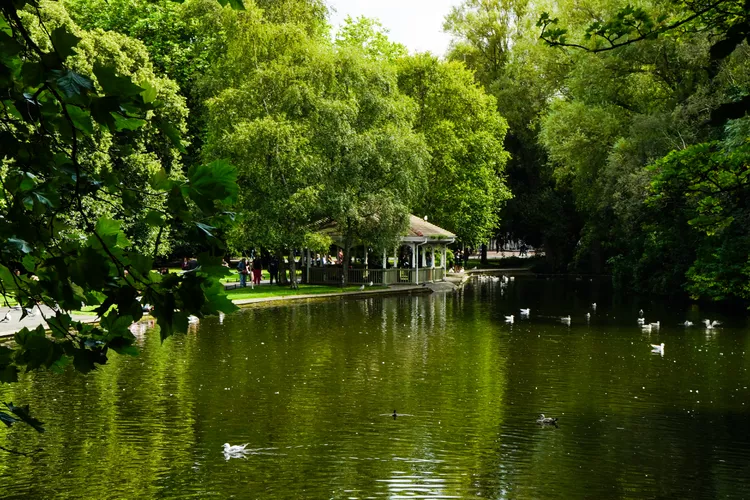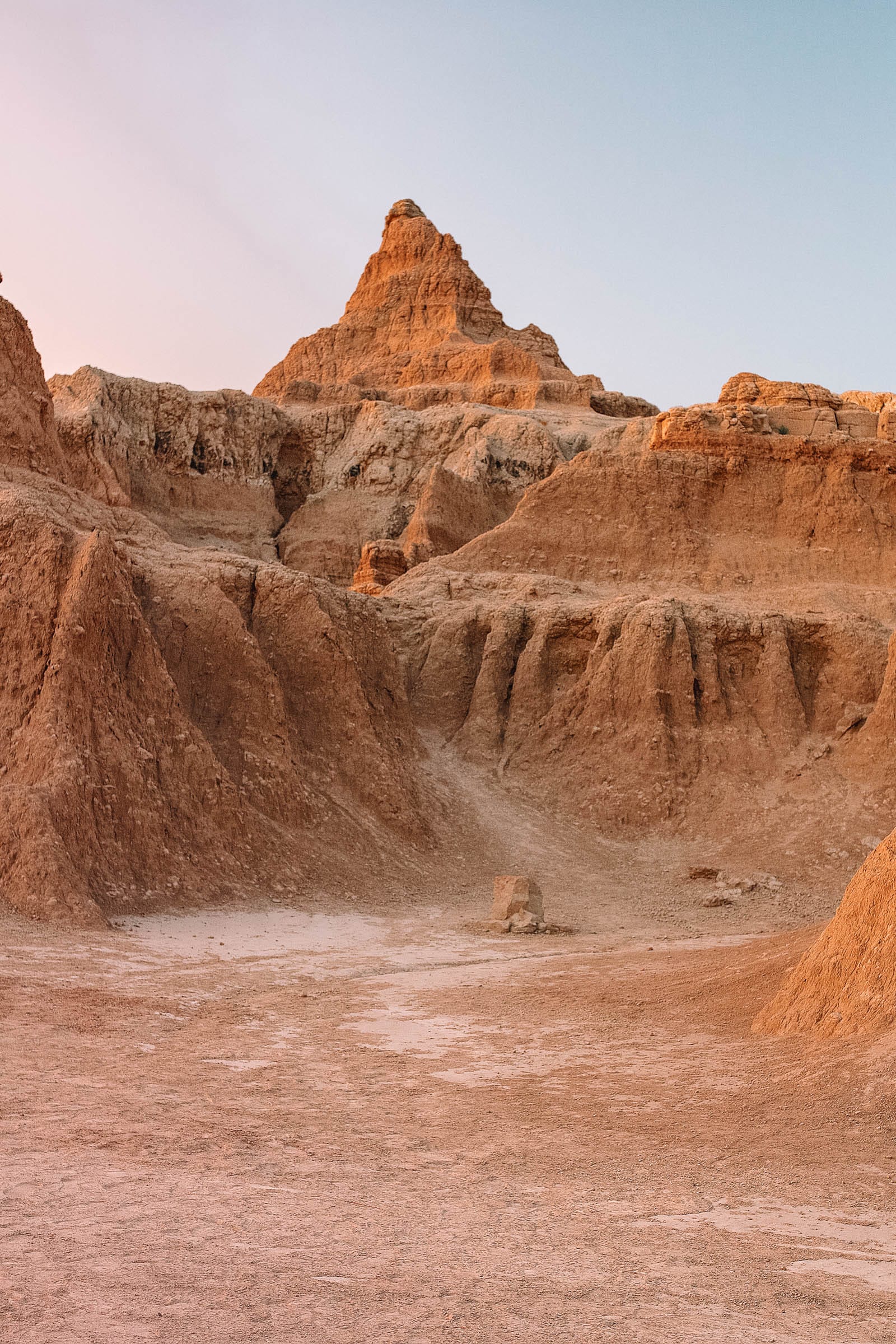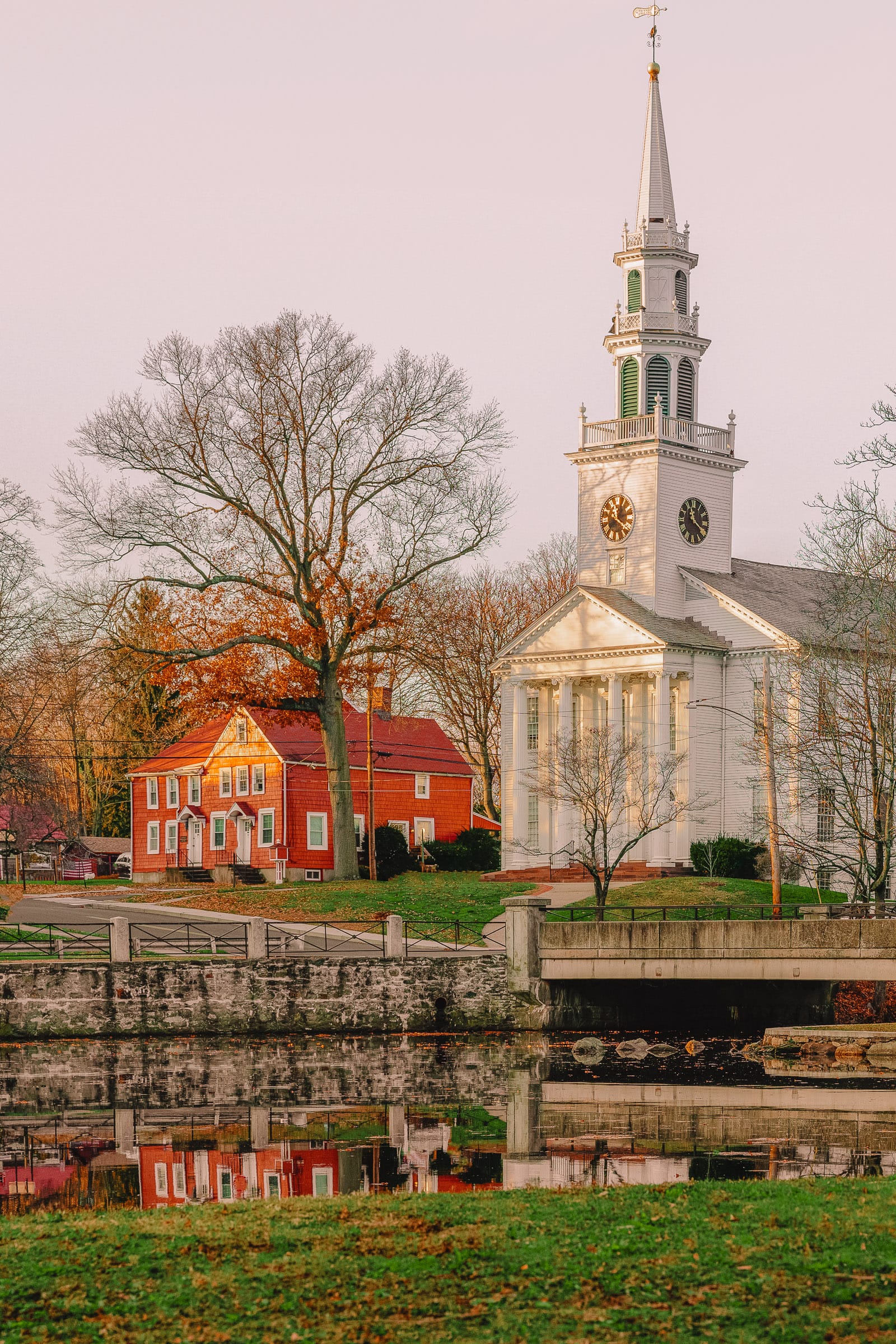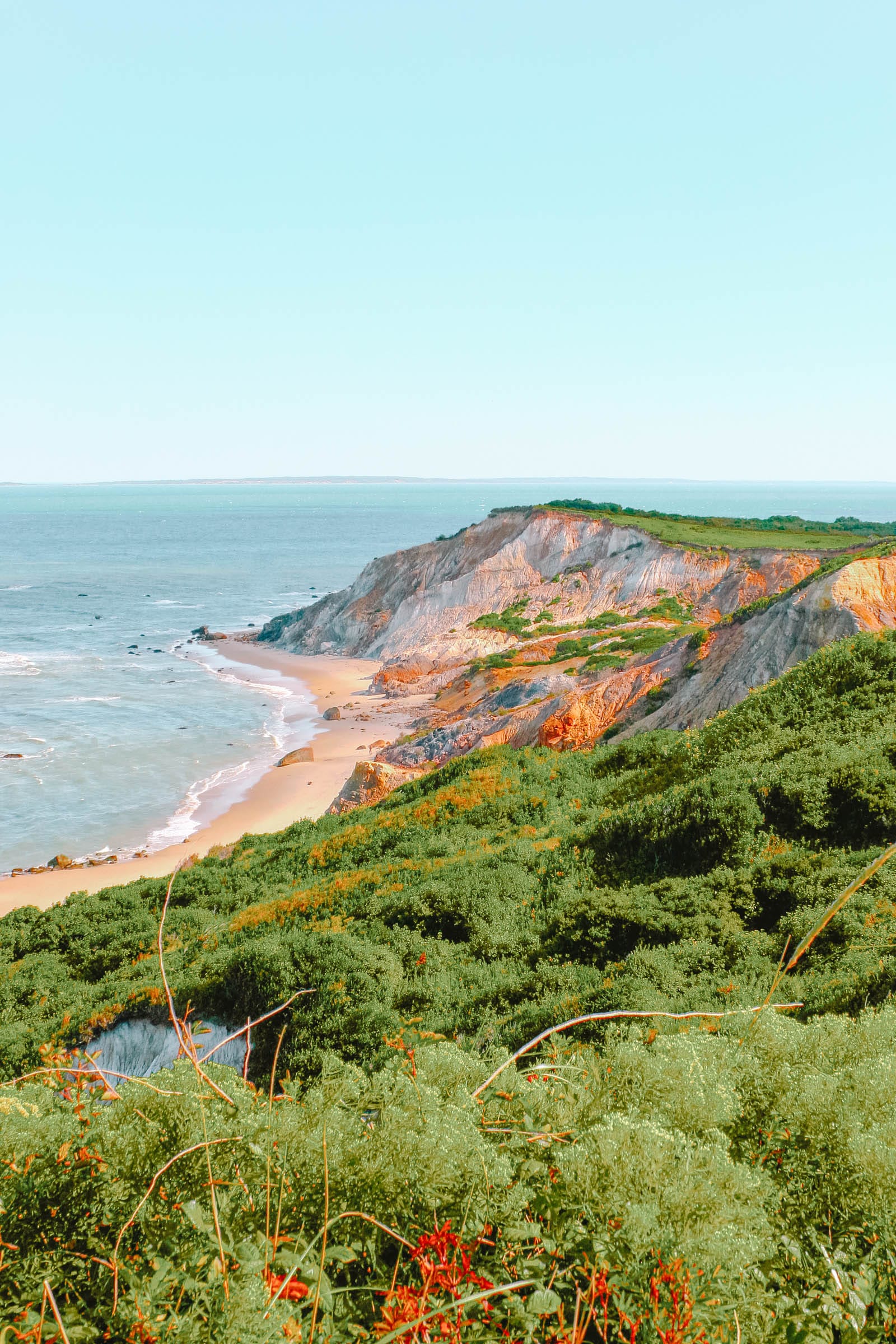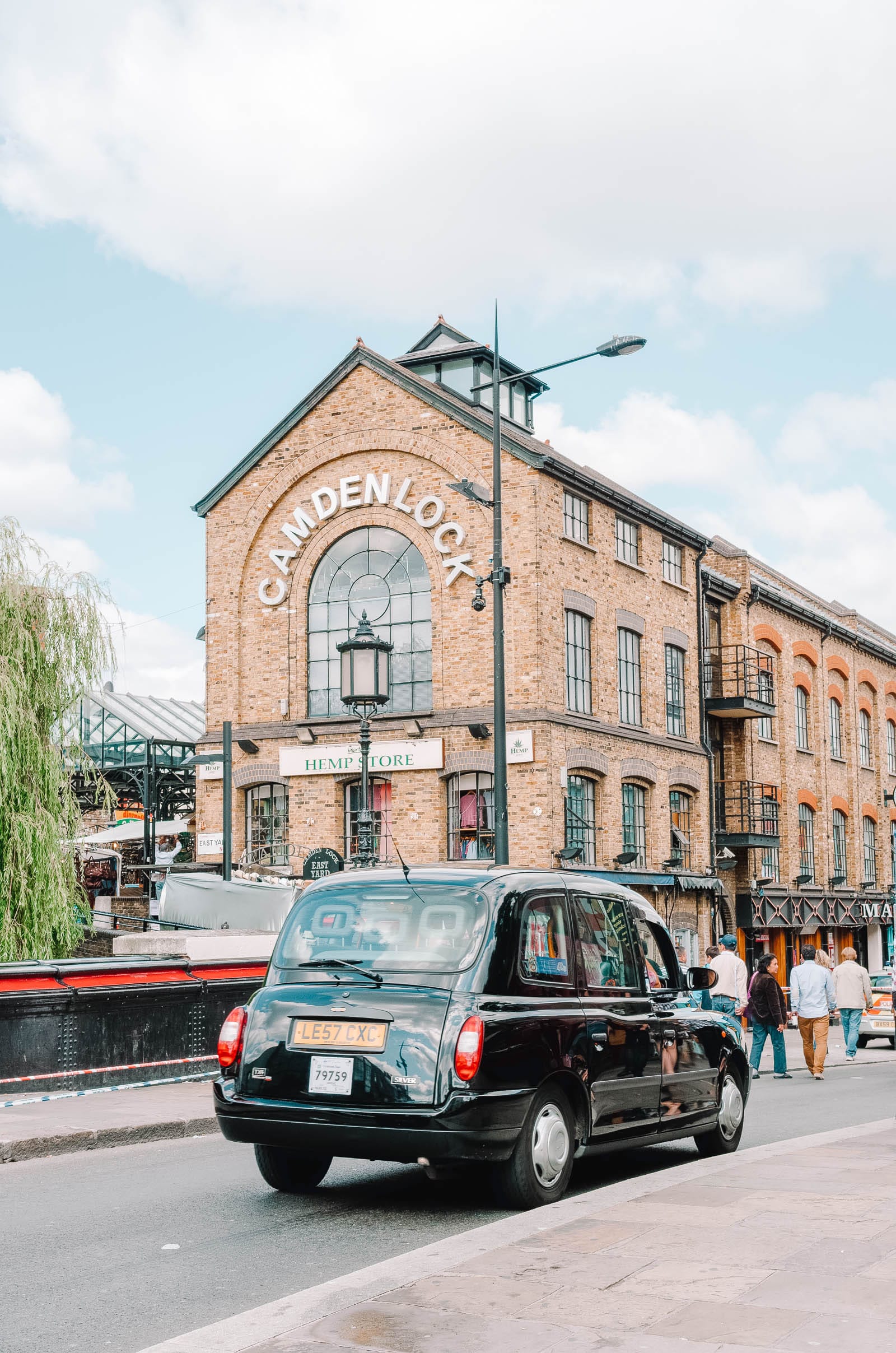1. Overview
St. Stephen’s Green is Dublin’s most cherished park, boasting a rich history and a vibrant setting for relaxation and recreation.
2. History
Now located in the heart of Dublin, St. Stephen’s Green was originally a marsh on the city’s edge. Historically, it served as common land for grazing sheep and other livestock without charge. In 1663, the city government enclosed the area and began developing the surrounding land. Consequently, as residential properties emerged, the park became a private retreat for affluent residents.
Although there were several previous attempts to make the park public, it was not until 1887, following the efforts of A.E. Guinness, that St. Stephen’s Green opened its gates to all. Guinness financed the park’s redesign, officially inaugurating it for public enjoyment in 1880.
During the 1916 Rising, the park transformed into a battleground, with rebel forces constructing trenches and blocking nearby roads to fortify their position against British troops. Interestingly, a temporary ceasefire allowed groundskeepers to feed ducks in the park’s lake.
The park derives its name from a 13th-century church and leprosy hospital also known as St. Stephen’s.
3. What to Do
St. Stephen’s Green serves as an ideal retreat for a moment of respite amid the bustle of Grafton Street shopping or sightseeing. This Victorian park features a playground for children, benches for leisurely breaks, and a bandstand frequented by locals enjoying picnics when weather permits.
The park spans 22 acres and includes over two miles of well-manicured paths suitable for pleasant strolls, along with a charming lake filled with ducks and a sensory garden designed for visually impaired visitors.
Visitors can admire several notable statues and memorials throughout the park, including:
- A Henry Moore sculpture part of the Yeats’ memorial garden.
- A bust of James Joyce, positioned to face his former university, Newman House.
- A memorial commemorating the Great Famine of 1845–1850.
- A bronze bust of Countess Markievicz, depicted in an Irish Citizen Army uniform.
- A fountain gifted by the German people as thanks for housing children during Operation Shamrock.
- A seated statue of Arthur Edward Guinness, the benevolent donor of the park.
- A bronze statue of Theobald Wolfe Tone, a leader of the 1798 rebellion, alongside a statue of fellow leader Robert Emmet, facing the birth home of Emmet.
Moreover, during the summer months, the park occasionally hosts free outdoor concerts in the afternoons and evenings. It’s crucial to note that St. Stephen’s Green operates only during daylight hours, generally from 7 a.m. to 7 p.m. in the summer and 10 a.m. to 7 p.m. in the winter.
4. Facilities
Visitors exploring St. Stephen’s Green will find well-kept facilities throughout the park, including public restrooms. For shelter from inclement weather, there are Victorian-style lakeside and Swiss shelters located toward the center of the park. Otherwise, the park remains an open outdoor space inviting exploration.
5. What Else to Do Nearby
St. Stephen’s Green functions as a popular meeting point and offers nearby shopping opportunities at two significant retail hubs: Stephen’s Green Shopping Center and Grafton Street. The former features a variety of upscale shops and quaint cafes, while the latter is a lively pedestrian area filled with major brand stores and delightful restaurants.
Not far from the park, the Little Museum of Dublin showcases an impressive collection of over 5,000 items illustrating Dublin’s history, complemented by an engaging video presentation. For those interested in extensive collections, the National Museums of Ireland are conveniently within walking distance.
For cultural experiences, visit the Gaiety Theatre, located just around the corner on South King Street, renowned for its musical productions and beloved Christmas pantomime. Additionally, explore the serene surroundings of Iveagh Gardens or Merrion Square, both situated on opposite sides of St. Stephen’s Green for further outdoor enjoyment.
